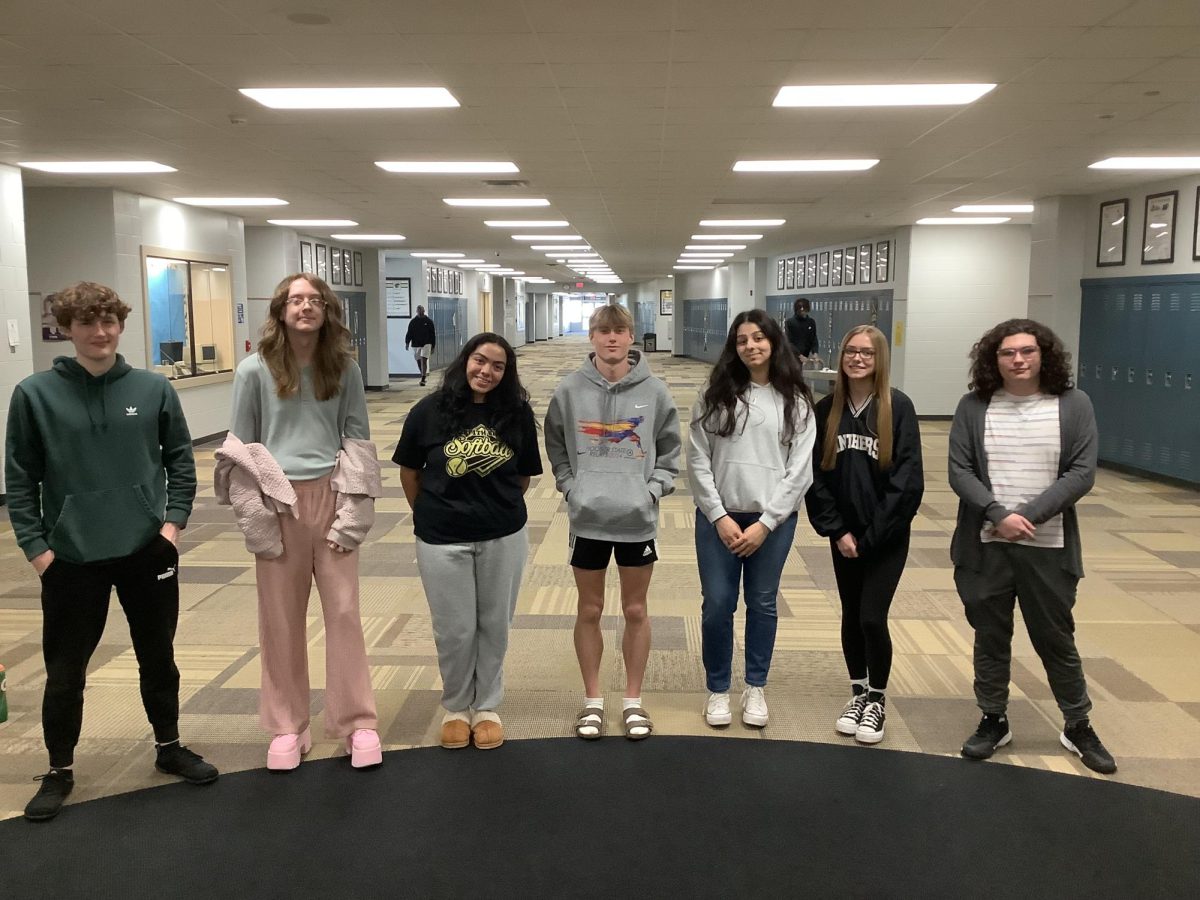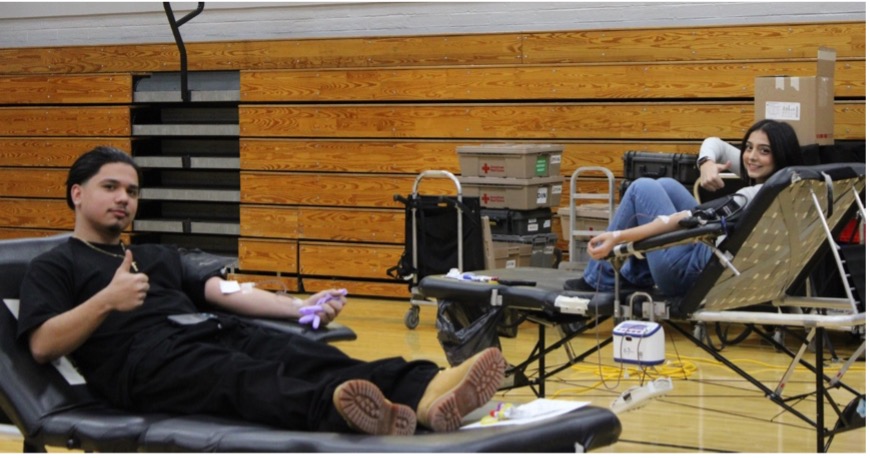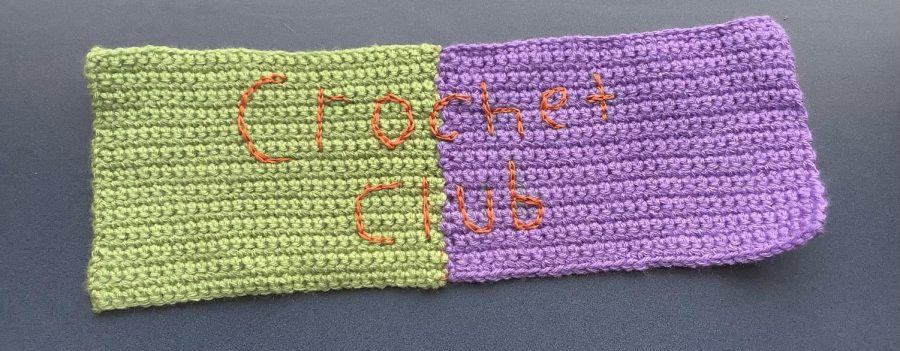
All Griffith Public Schools students will be heading outside to view the solar eclipse on April 8th.
Classes will temporarily halt, and students will be taken outside at around 1:45. Here, the eclipse will be most noticeable at around 2:07 and the drastic change will last for only a few minutes.
Most importantly, anybody who is viewing the eclipse should have proper eye protection. When looking at it, eclipse glasses or solar viewers must be used. Regular sunglasses do not provide enough protection. Though a large part of the sun will be obscured, looking at it directly will still cause lifelong vision complications.

This year’s solar eclipse will be last total eclipse over North America for the next two decades. The previous total eclipse visible from the United States took place in 2017, though it had much less coverage here in Griffith.
While it may seem that an eclipse lasts only for a few minutes, it actually spans over hours. Rather than total coverage all the way through, it starts as a partial eclipse.

Here, it will begin at 12:51 and end at 3:22.
The path of the total eclipse will enter the continent from Mexico’s southwest border and run northeast through the United States and up into Canada. In any given area, totality will last for up to four minutes. Though the path of totality is only about 115 miles wide, the entirety of the United States, Central America, and almost all of Canada will still experience a partial eclipse.
Total solar eclipses are unique because of the distance factors between the earth, moon, and sun. As seen in the image above, the moon happens to just-perfectly fall in front of the sun. Due to the alignments of the orbits and the sizes relative to each other, only the corona of the sun is exposed.

So, be sure to witness this historical event. Join tens of millions of others across North America in viewing the April 2024 Solar Eclipse, and be a part of the audience for this solar show.







